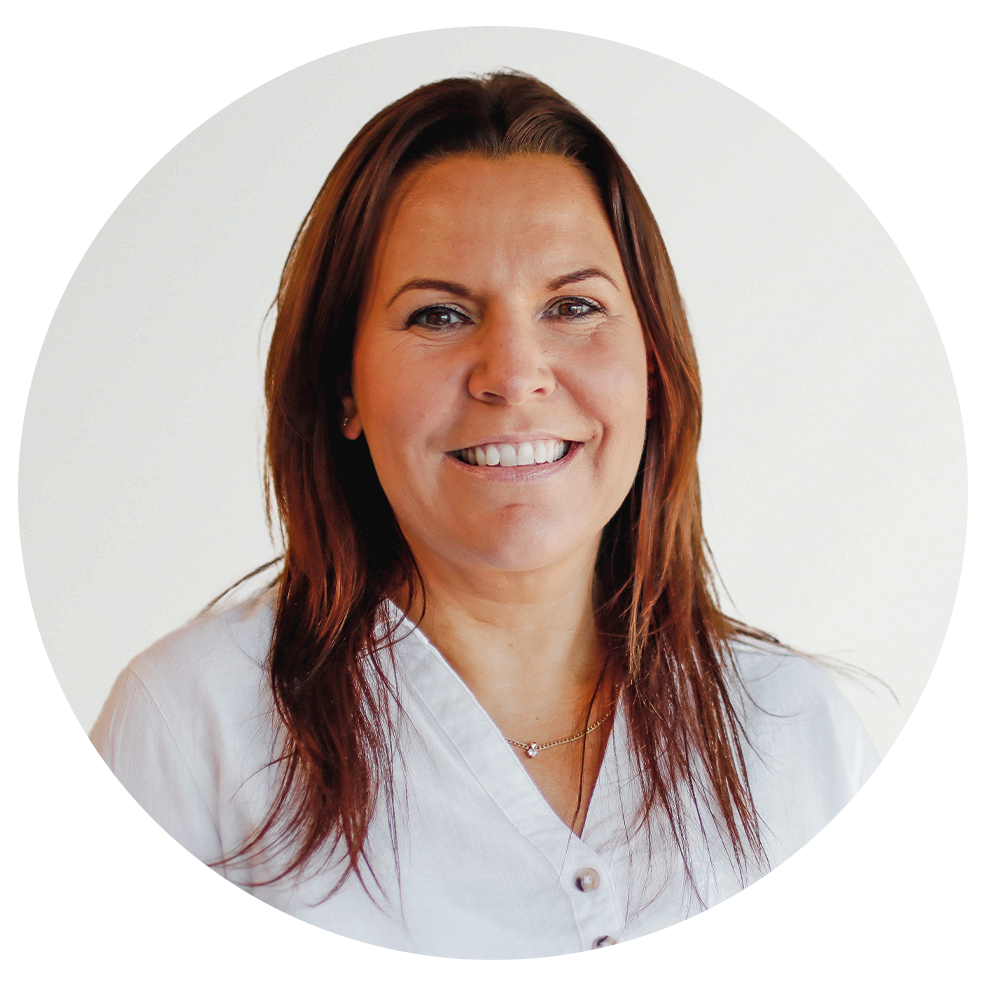Moisture lesions vs pressure ulcers, How can you tell the difference?
Classifying wounds can be a difficult concept. This webinar is designed to help guide healthcare professional to determine the difference between moisture lesions and pressure ulcers. This session will also include the categorisation of pressure ulcers
Learning Outcomes
- To revisit the structure and function of the skin
- To understand the cascade of events that lead to pressure and moisture damage
- To gain more in depth understanding of the difference between moisture lesions and pressure ulcers
- To understand categories of pressure ulcers
Meet our Experts

Sarah has always had a keen interest in Tissue Viability since becoming a registered nurse in 2002. Her experience varies from within a community setting, where she completed her Tissue Viability based degree in 2007. She then worked within the private sector to gain additional advanced wound care skills whilst working with a medical devices company specialised in wound healing. In 2010, Sarah became a Tissue Viability Nurse and shaped a specialised service within the acute sector for 7 years before returning to the community setting as a TVN.
People who watched this also watched...
Stress less and start self care, stop burnout
This webinar will help you to become more aware about stress and burnout, being able to identify it in yourself and close friends and family and make positive changes.
Can care environments be sustainable?
This webinar will ask what we mean by sustainability in care home design. With homes typically being refurbished every 5-7 years, making sure that designs are as environmentally friendly as possible is growing increasingly important, but how do we achieve this? We shall look at the tension which exists within the sector between meeting the needs of the various stakeholder groups and designing sustainably. The webinar will conclude by looking at things we can all do at a micro level.
Pressure ulcers - definition, assessment, prevention
Pressure ulcers are a painful, debilitating condition that can, largely, be prevented. Seen as a measure of harm by NHS England/Improvement and reportable to the CQC in care home settings, understanding how best to protect those within your care from developing a pressure ulcer is an important aspect of care delivery.


